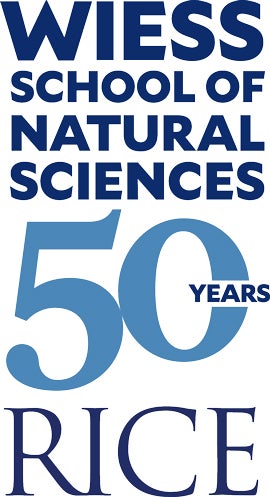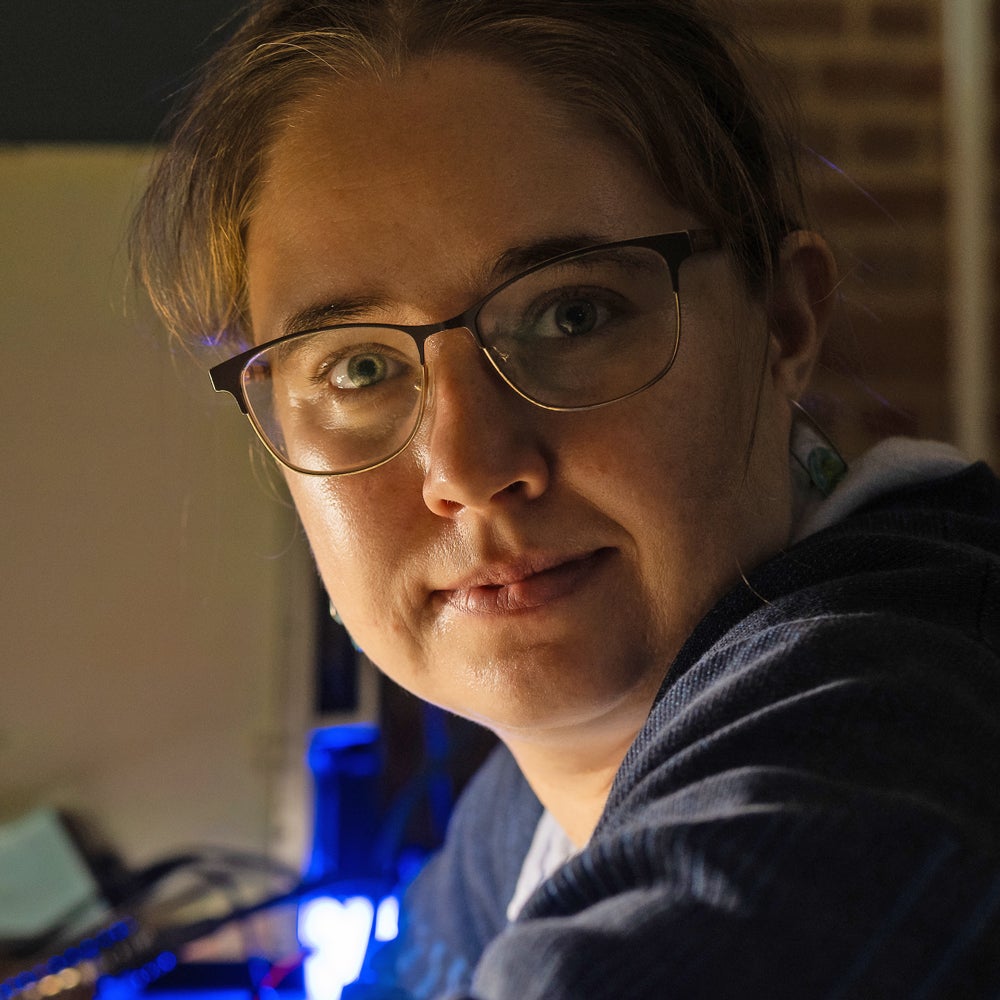
Studying the tiniest particles that make up the universe requires an astonishing amount of “large” – massive equipment, multinational teams and immense quantities of data and expertise. But even the biggest scientific projects rely on countless smaller, essential parts. Nicole Lewis, a postdoctoral associate in Rice’s Department of Physics and Astronomy, is one of those essential contributors to the Large Hadron Collider (LHC) at CERN, where she is helping explore one of the universe’s fundamental mysteries: the strong nuclear force.
“The strong force binds protons and neutrons together in the nucleus of atoms,” Lewis said. “We don’t know a lot about it. A lot is still being understood.”
Physicists have a theory called quantum chromodynamics, or QCD, that does an excellent job describing how subatomic particles like quarks and gluons behave at high energies when they’re moving freely. But what we actually observe are these particles in bound states, like protons and neutrons, and QCD struggles to fully describe those conditions.
To get around that, Lewis and her collaborators at the LHC’s Compact Muon Solenoid (CMS) experiment do what particle physicists do best: smash things together. “You take protons or nuclei and collide them at high energies so that they break apart and form a huge spray of particles,” she explained.
By analyzing the patterns in those sprays, researchers can infer what happened in the earliest moments of the collision — and maybe even learn more about the strong force itself.

Sometimes, these high-energy collisions form a state of matter called the quark-gluon plasma, a hot, dense medium where quarks and gluons are no longer confined inside protons and neutrons. This state, known since the early 2000s, was expected only in large nucleus-on-nucleus collisions. However, recent results suggest that similar signals may appear in smaller systems.

That’s where Lewis’s work comes in. She studies photonuclear collisions, events where highly charged lead nuclei, moving near the speed of light, pass close to one another without physically colliding. Instead, they exchange photons, particles of light, that then interact with the nucleus. “These nuclei create huge electromagnetic fields when accelerated, and those fields are just photons,” she said. “I just think these collisions are really cool.”
Because photonuclear collisions involve a photon interacting with a nucleus rather than two large nuclei, they’re considered small systems where researchers traditionally wouldn’t expect to see signs of quark-gluon plasma. But data from a previous experiment has observed hints of this state of matter, and Lewis is now analyzing a new data set from CMS to see if those signals hold up.
“We’re interested in whether or not we see this state of matter — this quark-gluon plasma — as a way of looking at how the strong force acts dynamically,” she said.
Half of her time is spent on this analysis work, combing through data to isolate photonuclear collisions. The other half goes toward research and development for a new Endcap Timing Layer, a time-of-flight detector that will improve particle identification at CMS. That ability matters, she explained, because “we know different types of particles behave differently in the quark-gluon plasma.”
With better particle identification, CMS will be able to extract more detailed insights — and potentially new physics — from the next round of data. “Everything seems to get more complicated the more we study it,” Lewis said. “Not less.”
— Zoe Folarin ’25

